The Wonders of Astrophysics: Exploring the Cosmos
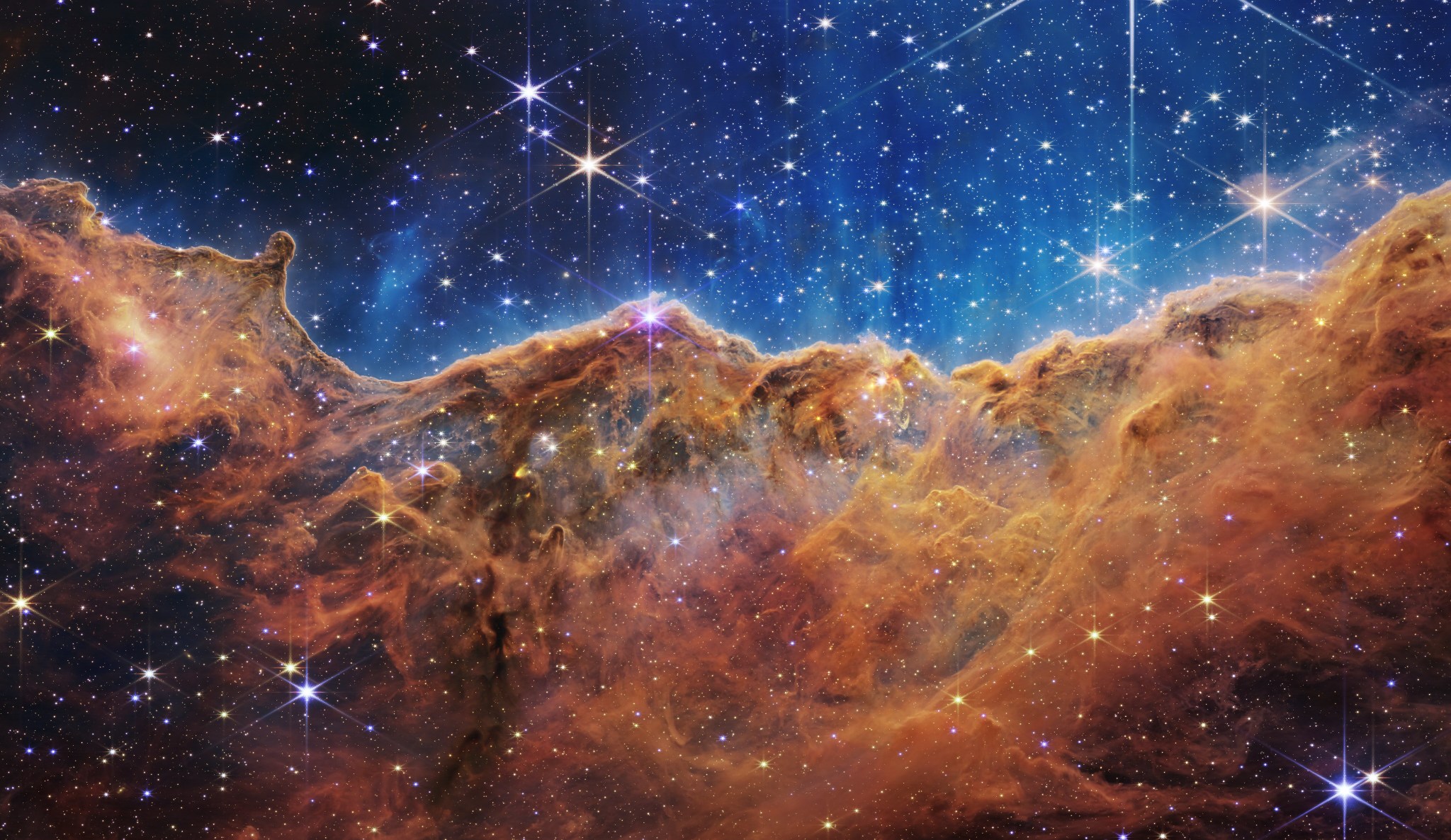
:max_bytes(150000):strip_icc()/__opt__aboutcom__coeus__resources__content_migration__mnn__images__2018__11__wonders-solar-system-53c29f39837645729c8a5974f30b7307.jpg) But what exactly is astrophysics? At its core, astrophysics is the branch of astronomy that seeks to understand the physical properties and behaviours of celestial objects and phenomena. It delves into the fundamental principles of physics—gravity, electromagnetism, thermodynamics, and quantum mechanics—to decipher the workings of the universe on a cosmic scale.
But what exactly is astrophysics? At its core, astrophysics is the branch of astronomy that seeks to understand the physical properties and behaviours of celestial objects and phenomena. It delves into the fundamental principles of physics—gravity, electromagnetism, thermodynamics, and quantum mechanics—to decipher the workings of the universe on a cosmic scale.At the heart of astrophysics lies the quest to answer some of the most profound questions ever posed by humanity. How did the universe begin? What are the origins of stars and galaxies? How do black holes warp the fabric of spacetime? These questions not only challenge our understanding of the cosmos but also spark a sense of wonder and curiosity that drives scientific exploration forward.
Take, for instance, the concept of cosmic inflation—a theory that proposes the rapid expansion of the universe in the first moments after the Big Bang. This idea, first proposed by physicist Alan Guth in the 1980s, revolutionized our understanding of the early universe and provided crucial insights into its evolution over billions of years. By studying the cosmic microwave background radiation, and the lingering afterglow of the Big Bang, astrophysicists have gathered compelling evidence supporting the theory of cosmic inflation, further deepening our understanding of the universe's origins.
Another captivating phenomenon that astrophysics explores is the life cycle of stars. Stars, those celestial beacons that dot the night sky, are born from the gravitational collapse of dense interstellar gas and dust clouds. Over millions to billions of years, they undergo a series of transformations, from the fiery fusion reactors that sustain them to the spectacular supernova explosions that mark their demise. Through observations and simulations, astrophysicists piece together the intricate dance of stellar evolution, shedding light on the processes that shape the cosmos.
But perhaps the most intriguing—and elusive—entities in the universe are black holes. These enigmatic cosmic monsters, formed from the remnants of massive stars, possess gravitational fields so intense that not even light can escape their grasp. Astrophysicists have long been fascinated by black holes, studying their properties and behaviours to unravel the mysteries of spacetime itself. Recent advancements in observational techniques, such as gravitational wave detectors like LIGO and VIRGO, have opened up new vistas for studying black holes and other exotic phenomena, providing unprecedented insights into the dynamics of the universe.
Yet, astrophysics is not just about unravelling cosmic mysteries; it also has profound implications for our understanding of the world around us and our place within the cosmos. For instance, studies of exoplanets—planets orbiting stars beyond our solar system—have sparked renewed interest in the search for extraterrestrial life. By analyzing the atmospheres of distant worlds and studying their potential habitability, astrophysicists are laying the groundwork for future exploration and the quest to answer one of humanity's oldest questions: are we alone in the universe?
Moreover, astrophysics has practical applications that extend far beyond the realm of pure scientific inquiry. Technologies developed for space exploration, such as satellite communications, GPS navigation, and medical imaging, have revolutionized countless aspects of modern life, enriching our society and driving innovation across industries. By pushing the boundaries of knowledge and pushing the limits of human ingenuity, astrophysics inspires us to dream big and reach for the stars.
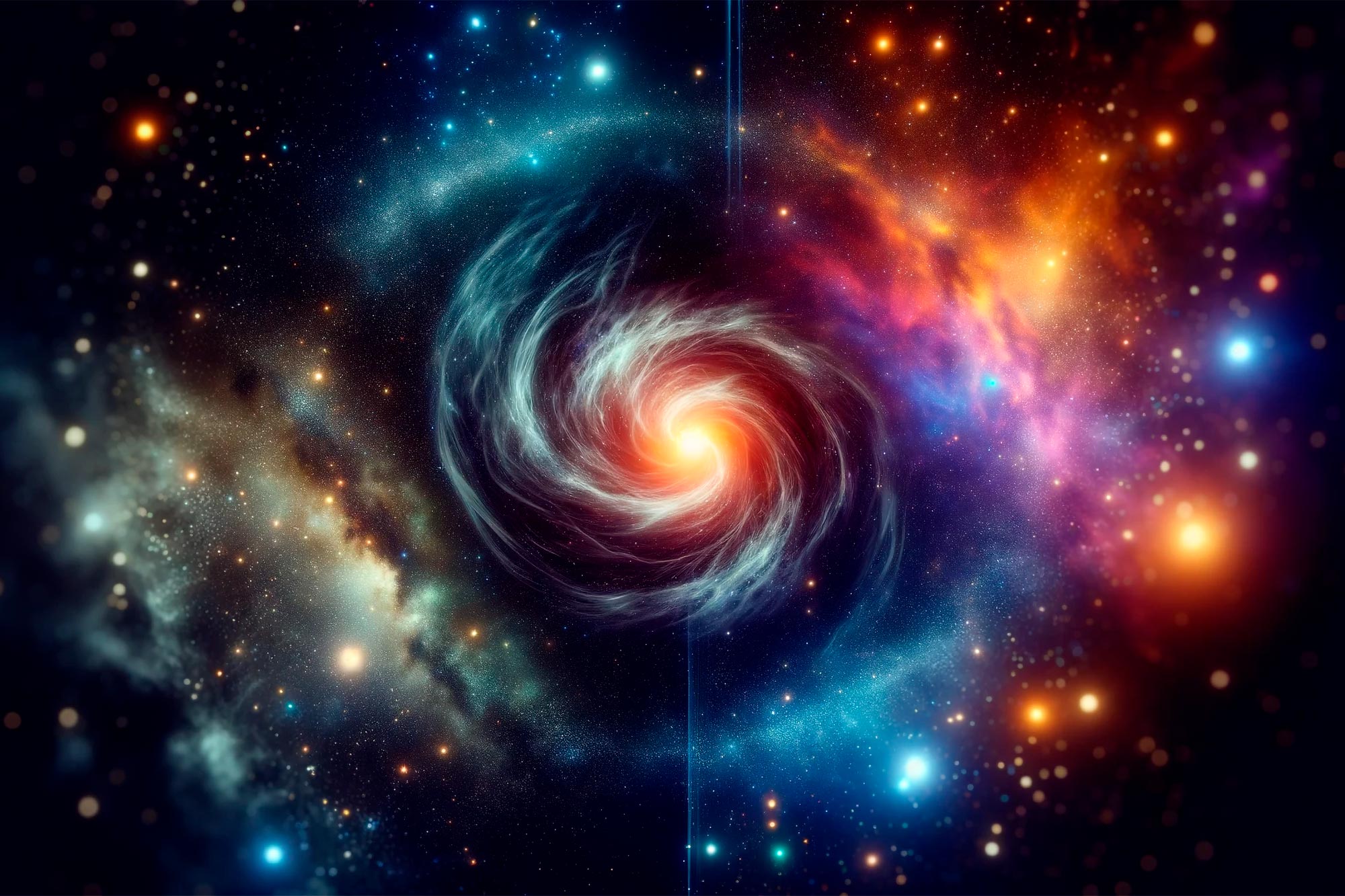
In conclusion, the wonders of astrophysics offer a glimpse into the boundless beauty and complexity of the cosmos. From the birth of stars to the death of galaxies, from the humble planet Earth to the farthest reaches of space, astrophysics unveils the mysteries of the universe and invites us to ponder our place within it. As we continue to explore the cosmos and push the frontiers of scientific discovery, let us embrace the spirit of curiosity and wonder that defines astrophysics, for the journey has only just begun.
So, dear readers, I invite you to join me on this cosmic odyssey, as we embark on a voyage of discovery through the wonders of astrophysics. Let us gaze upon the stars with wonder and awe, for in their light lies the key to unlocking the secrets of the universe. And who knows what marvels await us on the horizon, waiting to be revealed by the curious minds of astrophysicists yet to come?
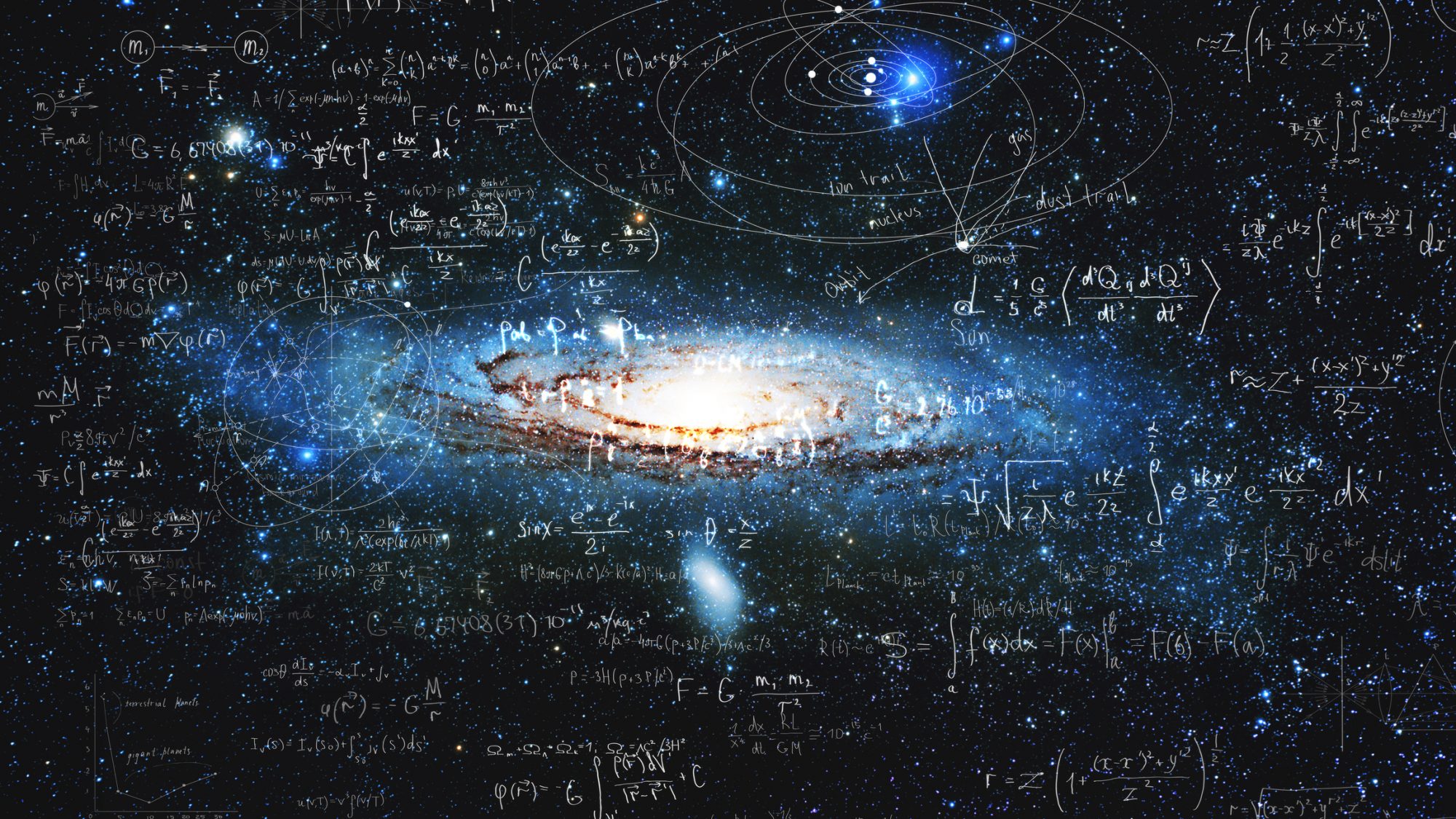
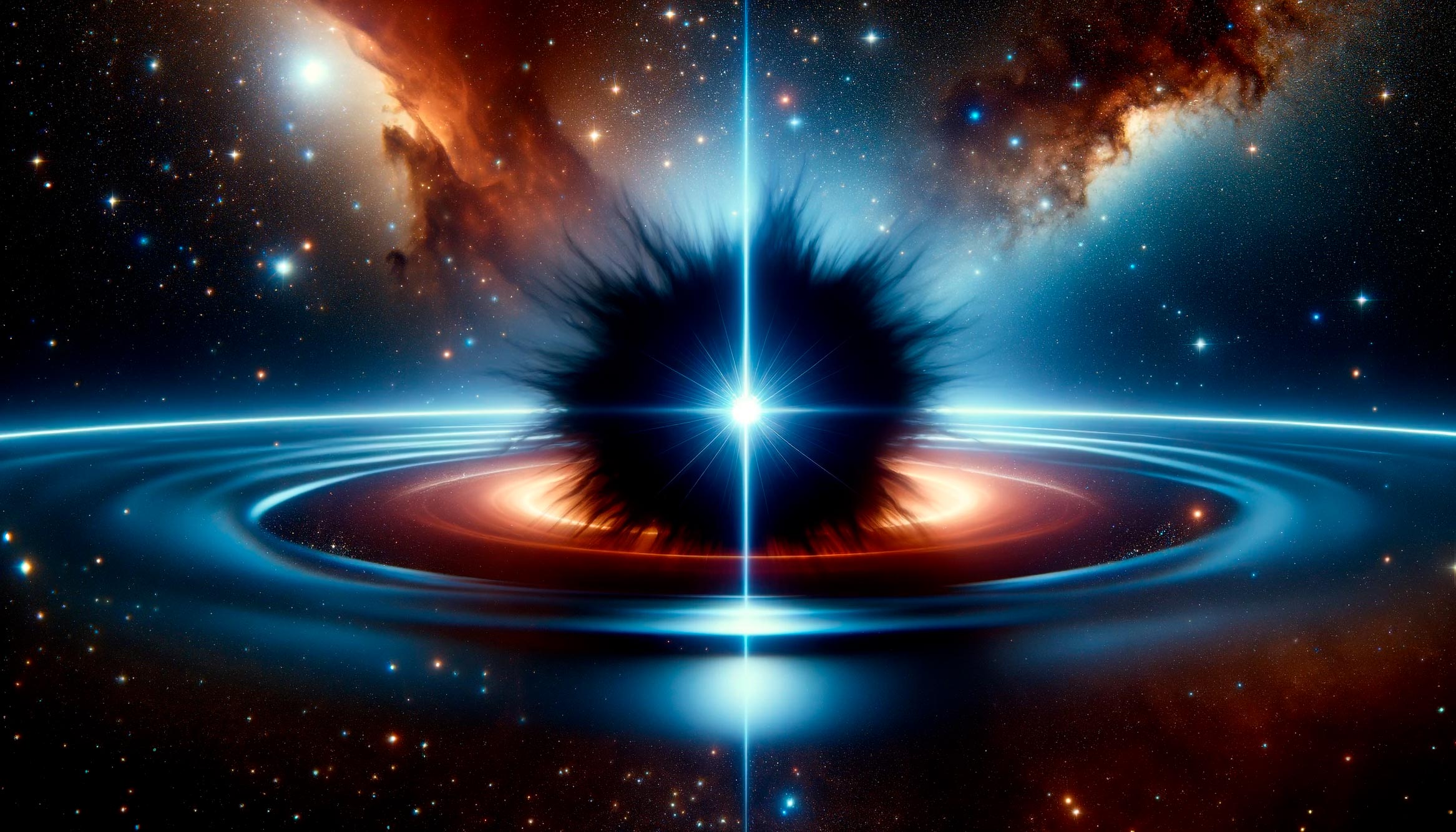

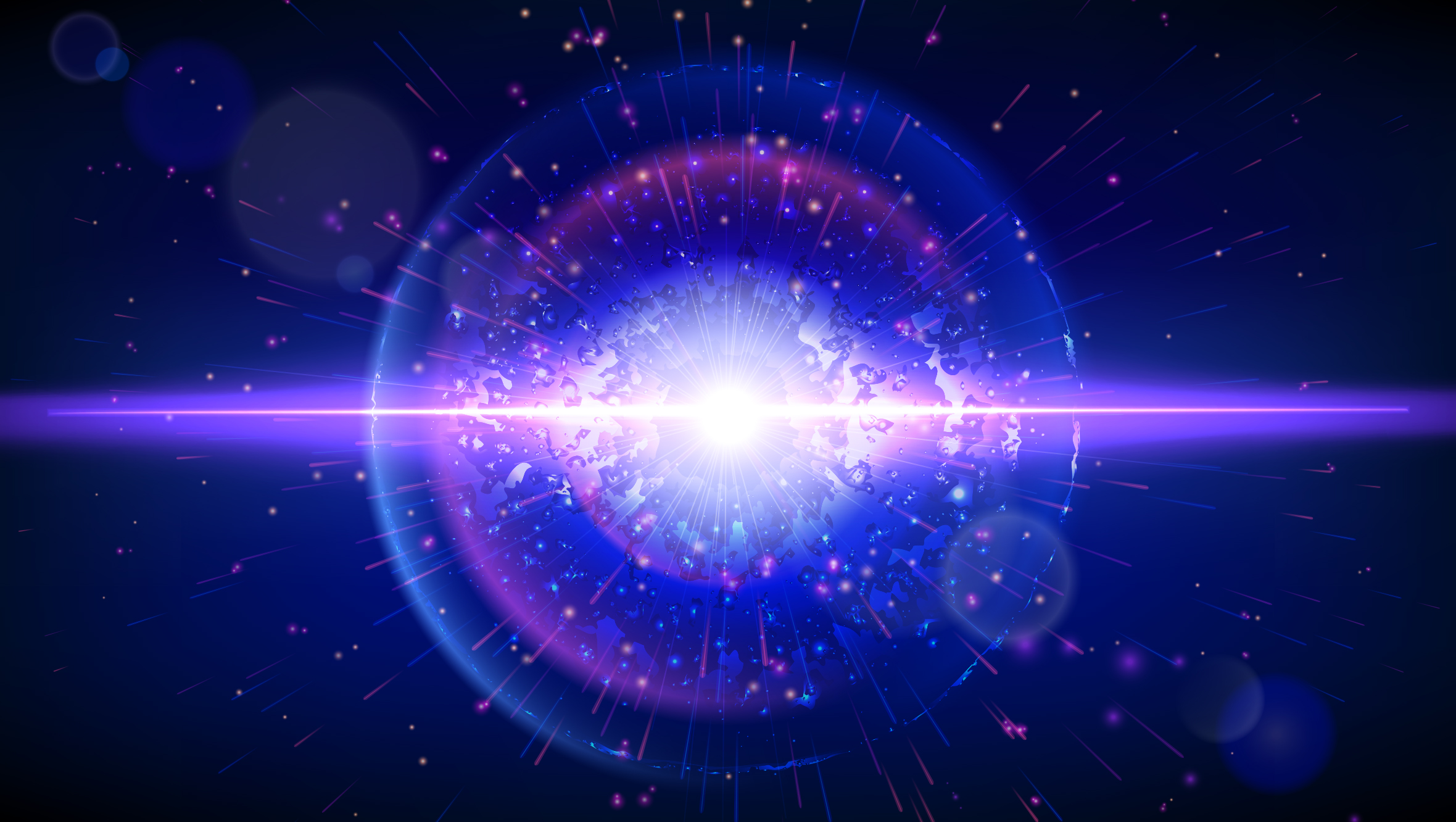
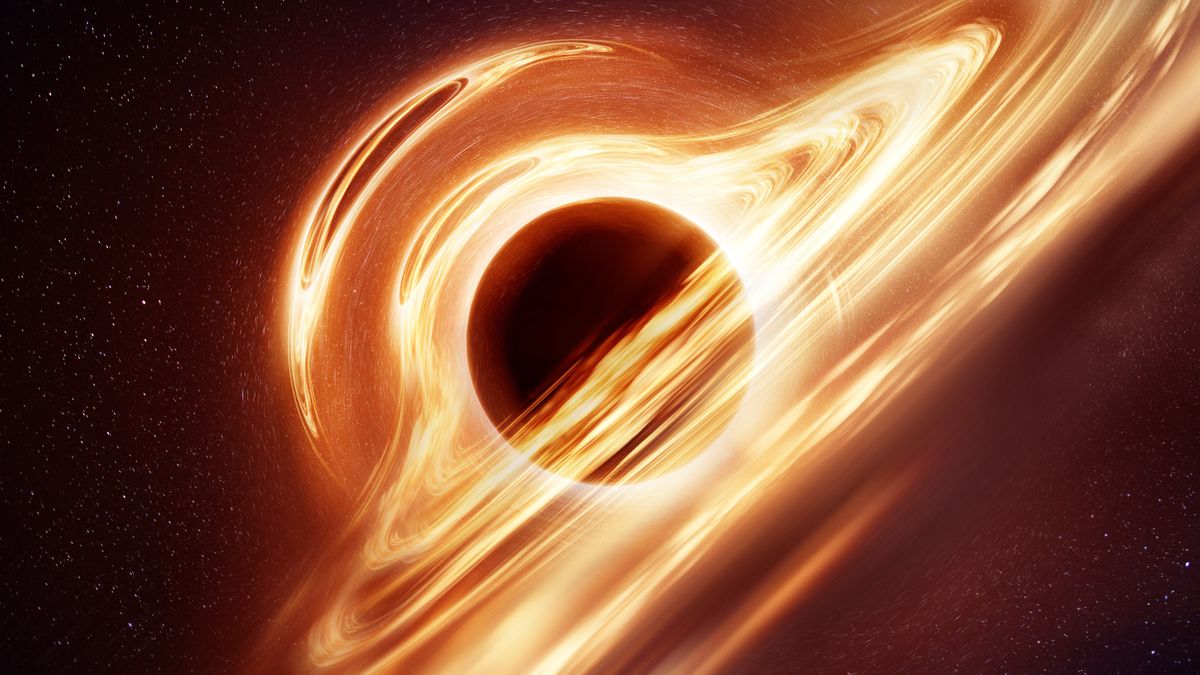



Comments
Post a Comment